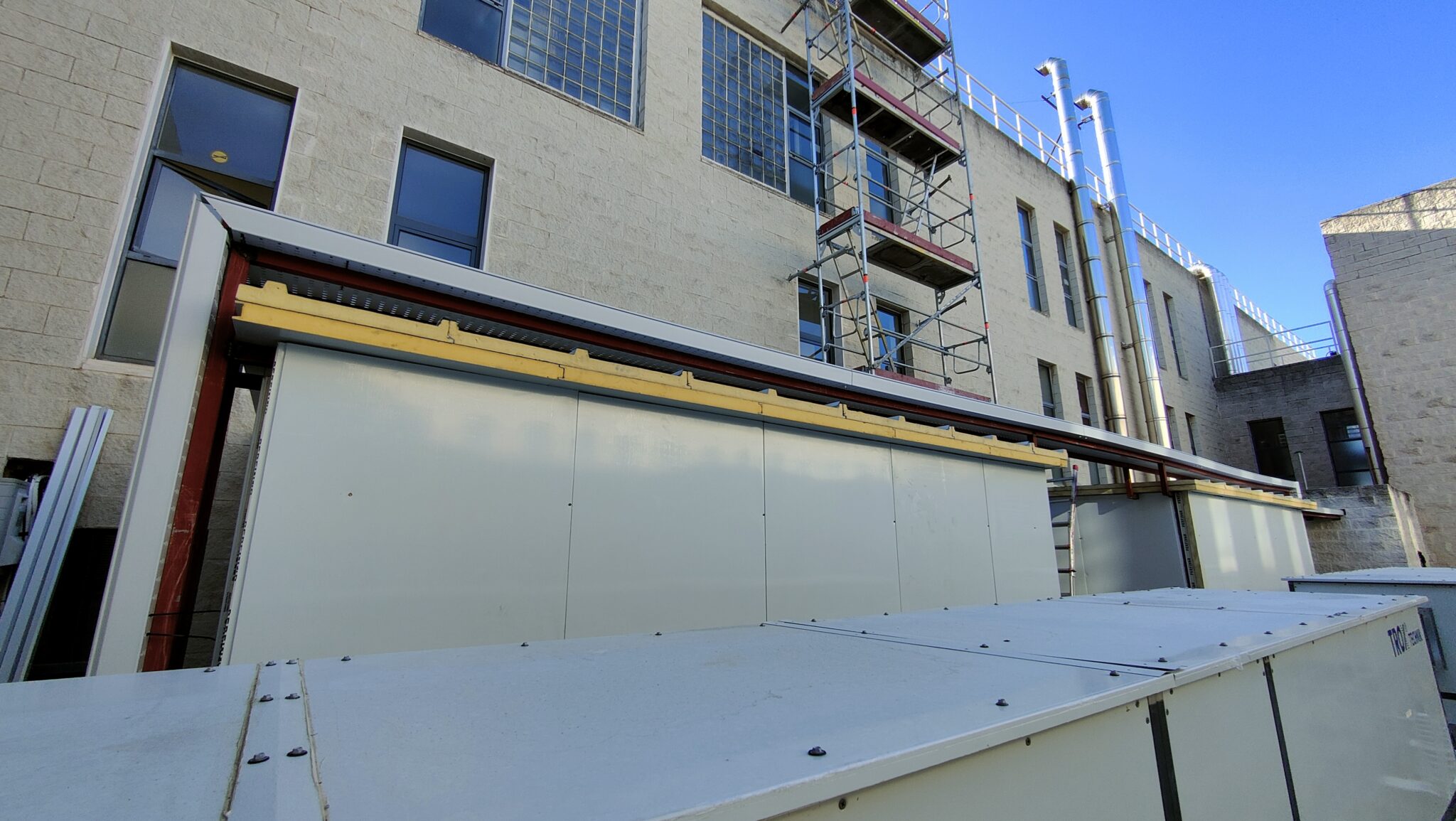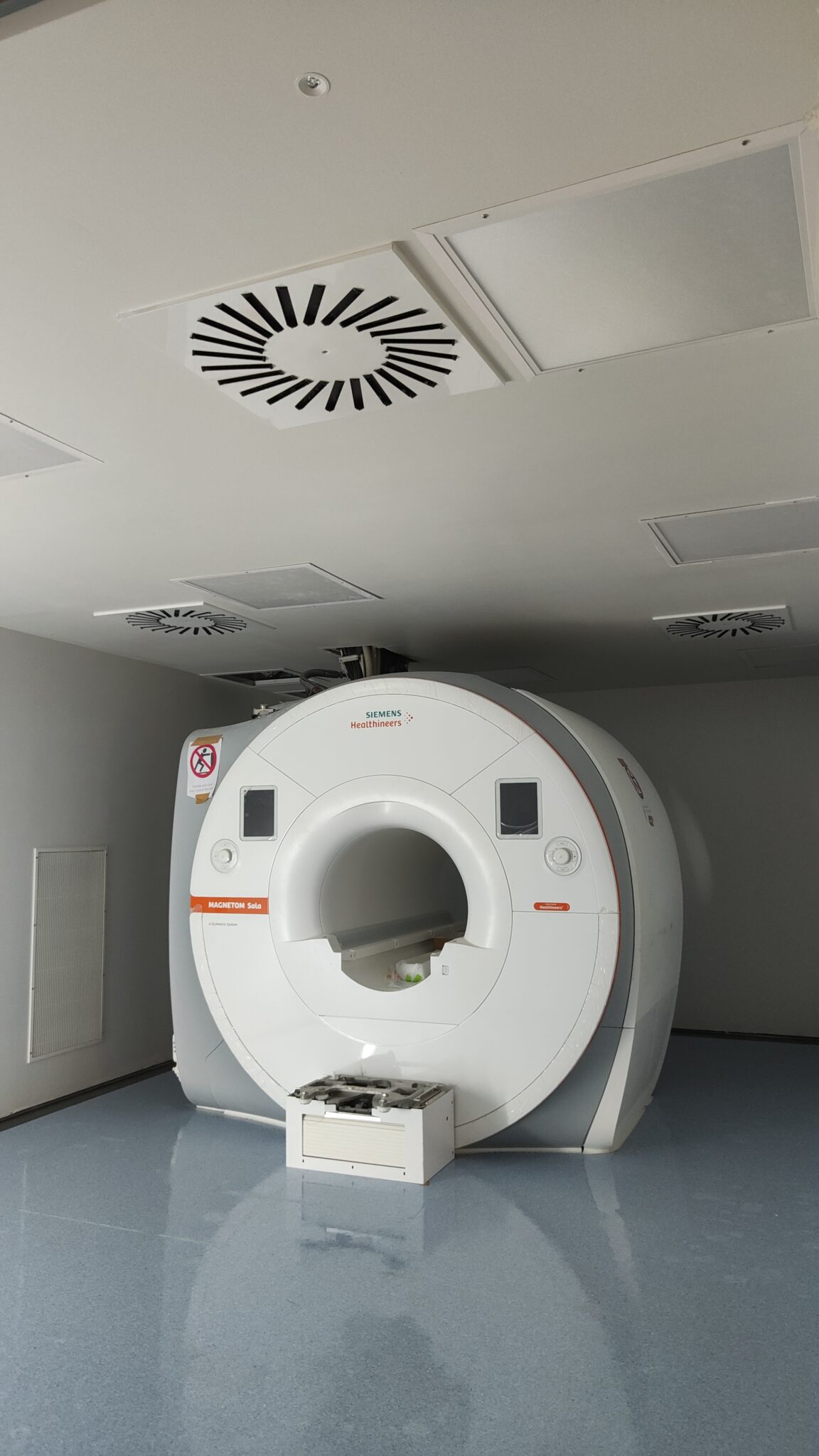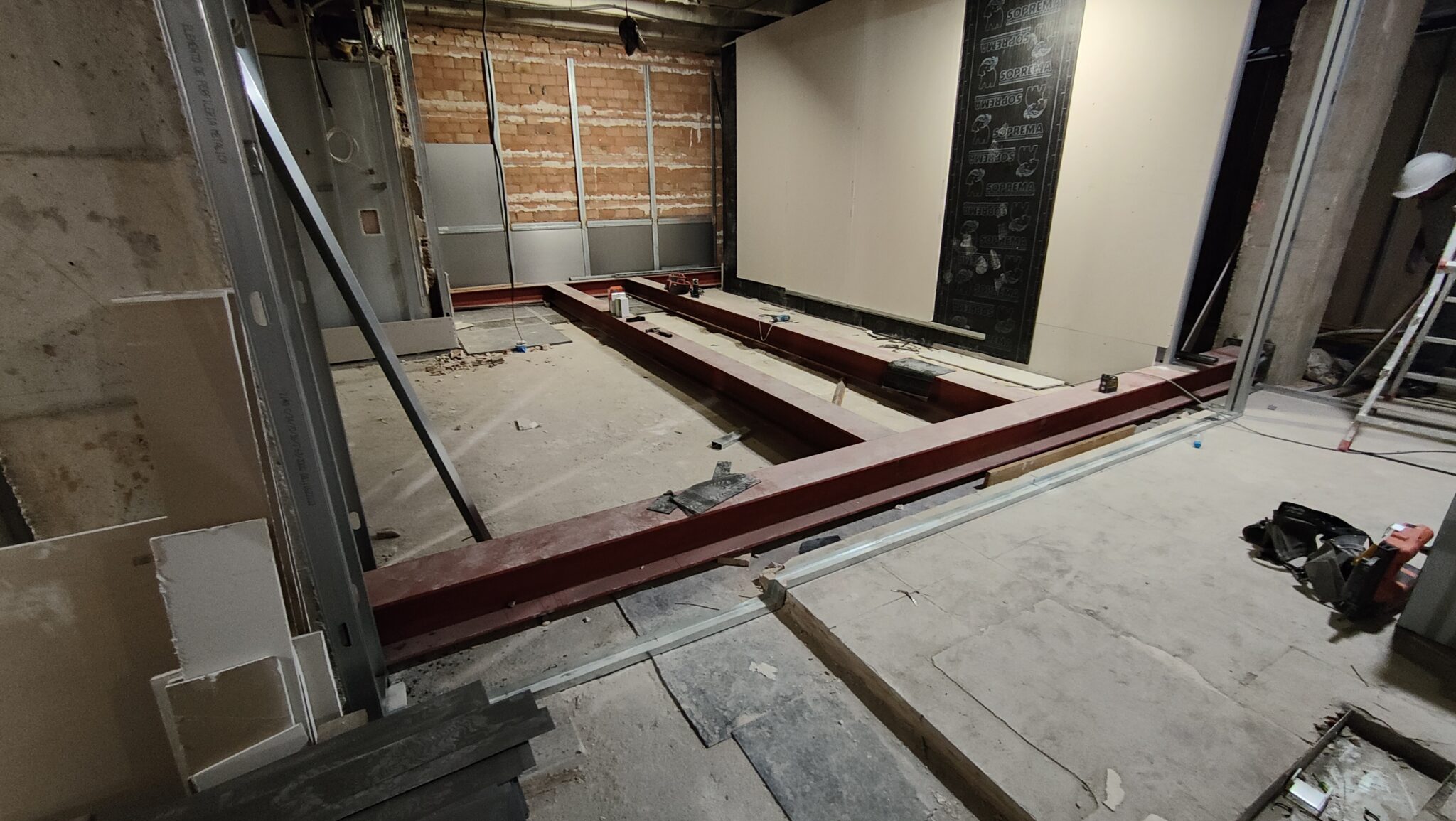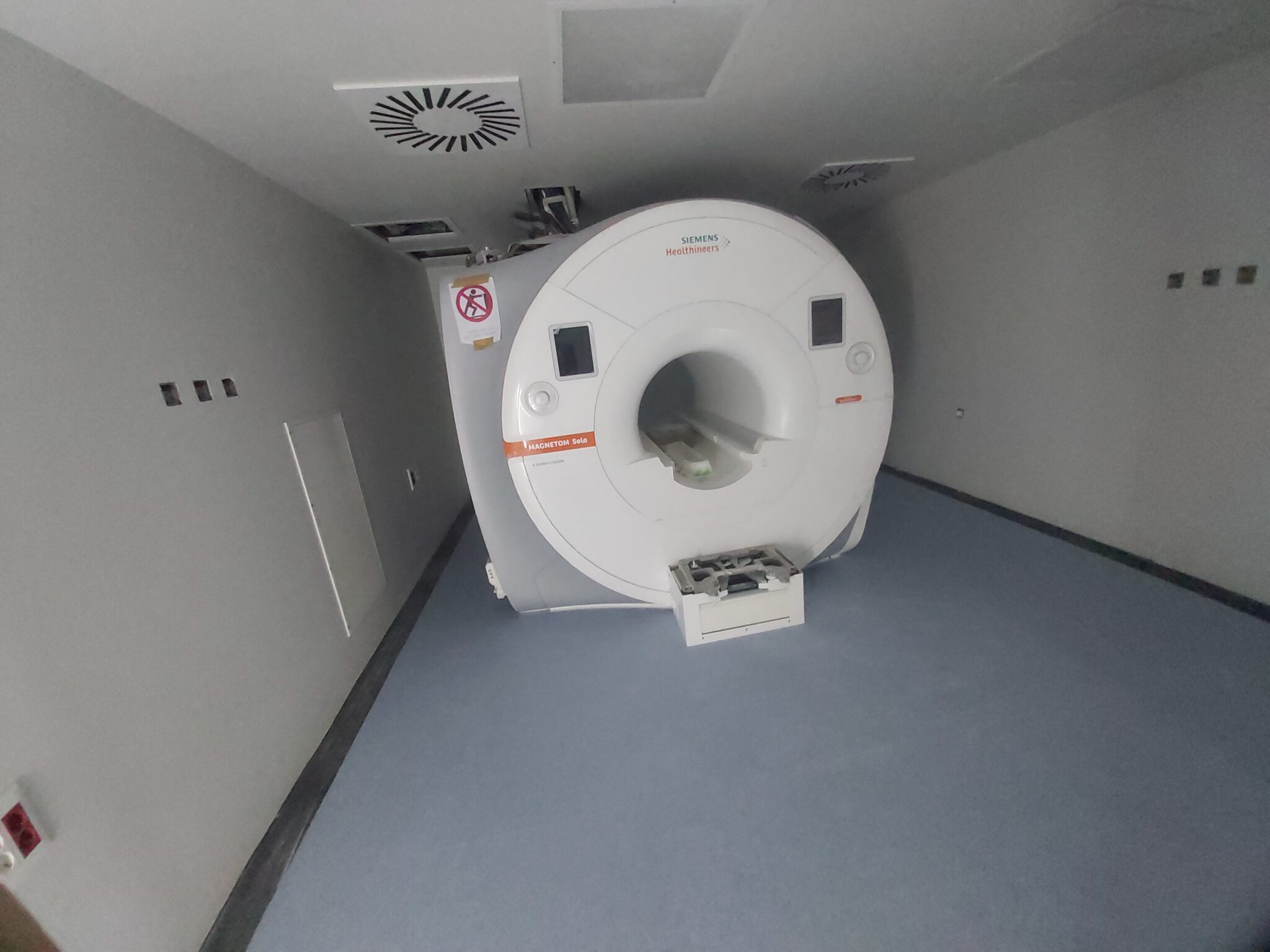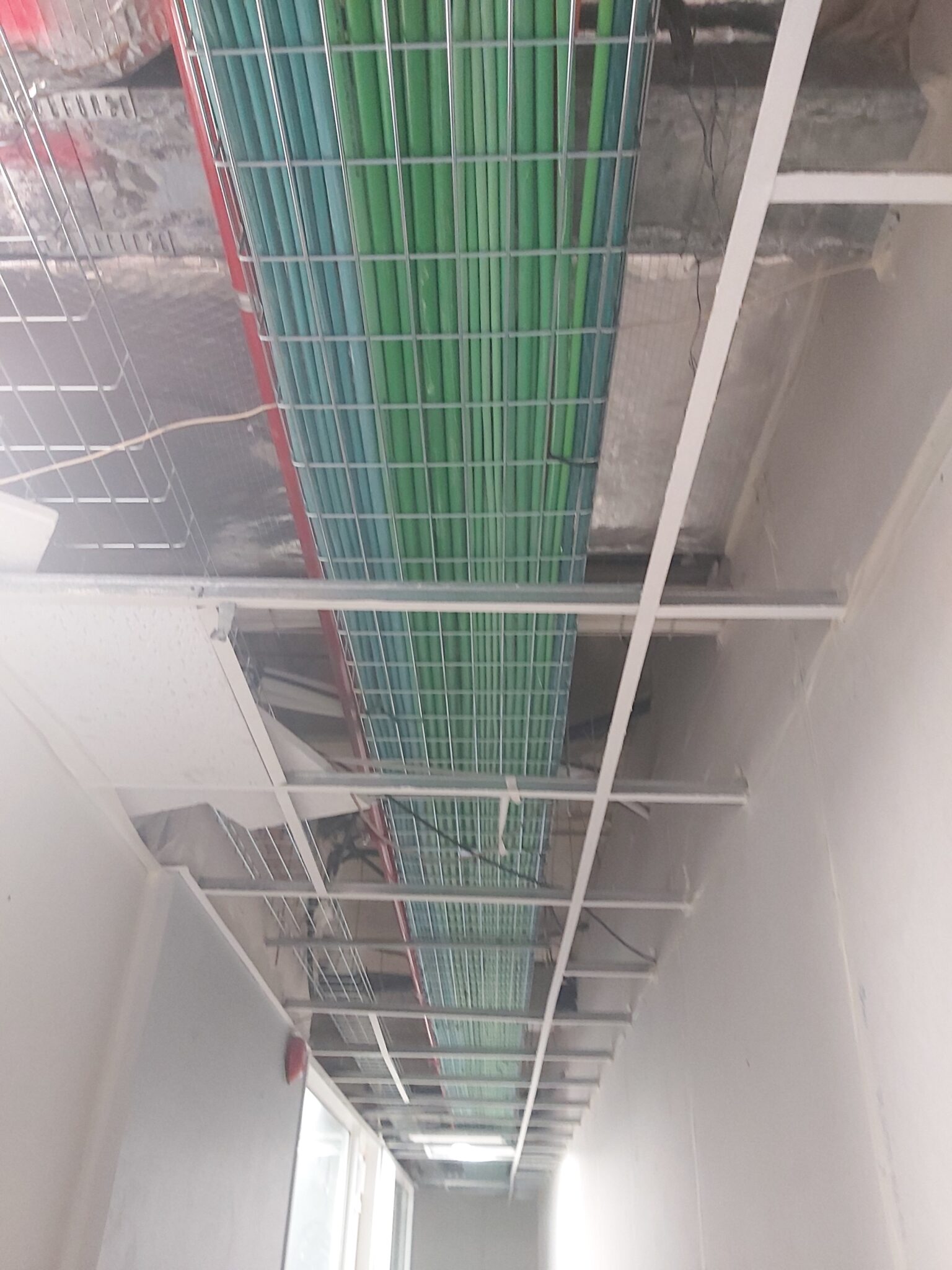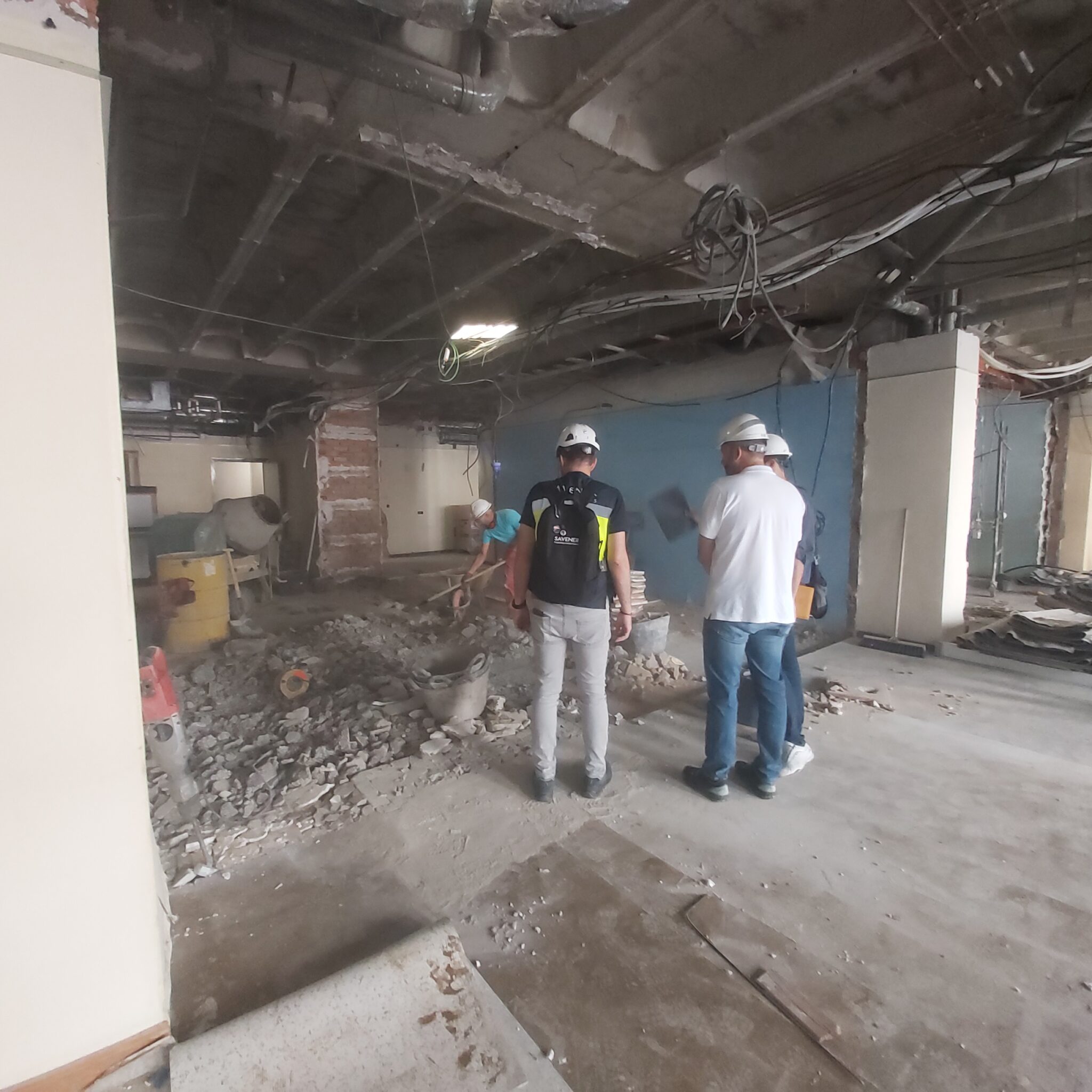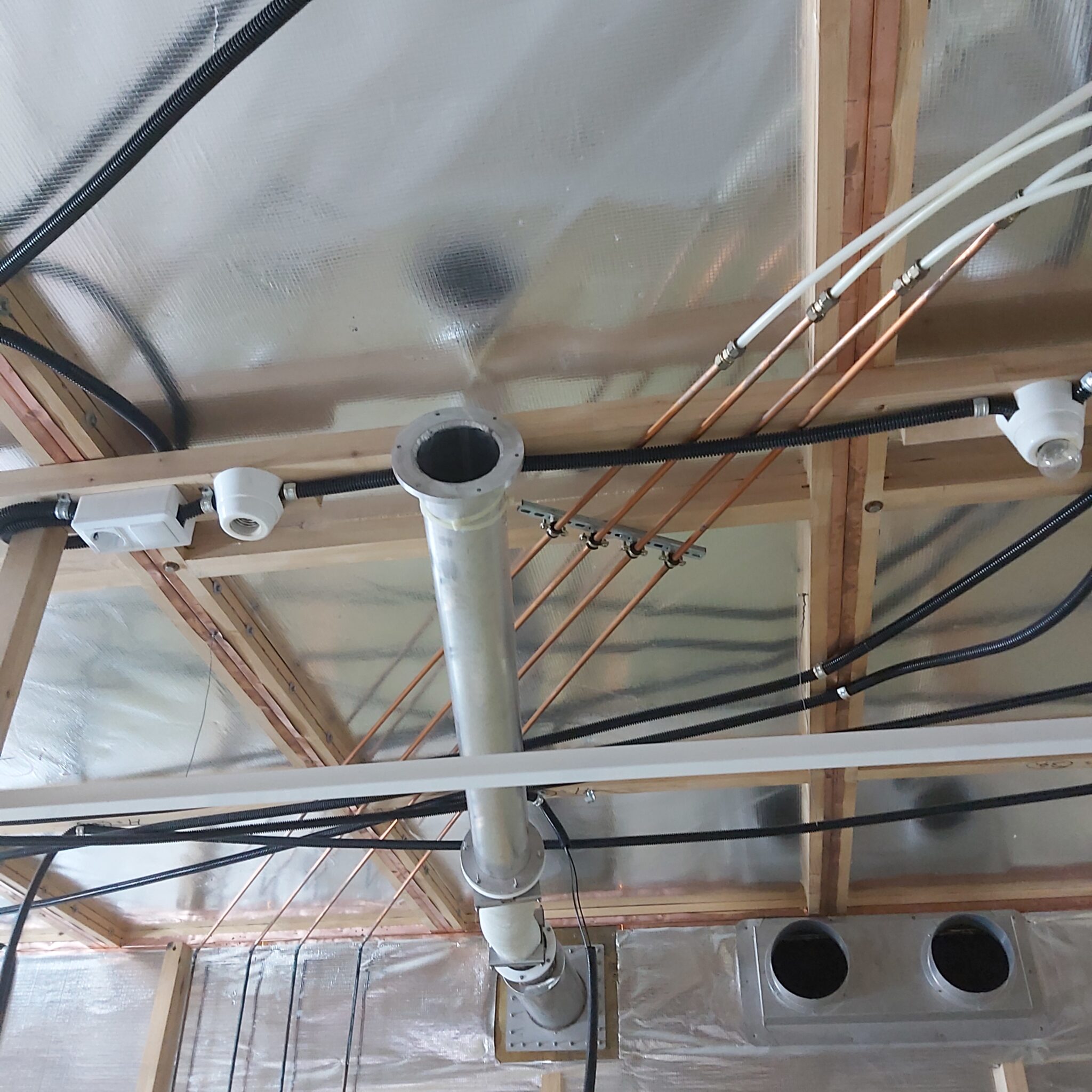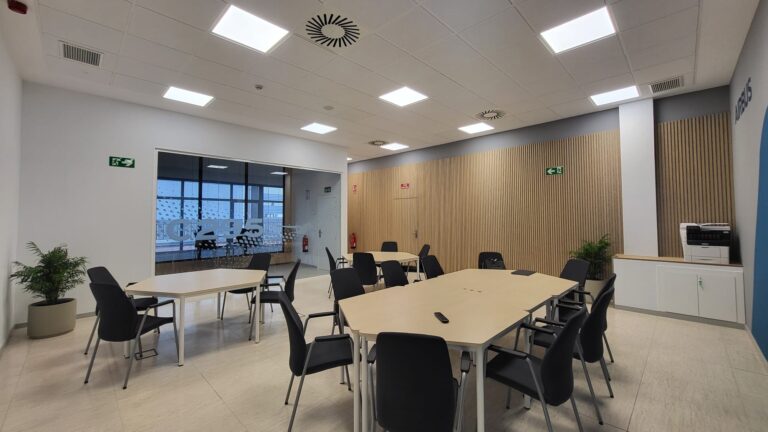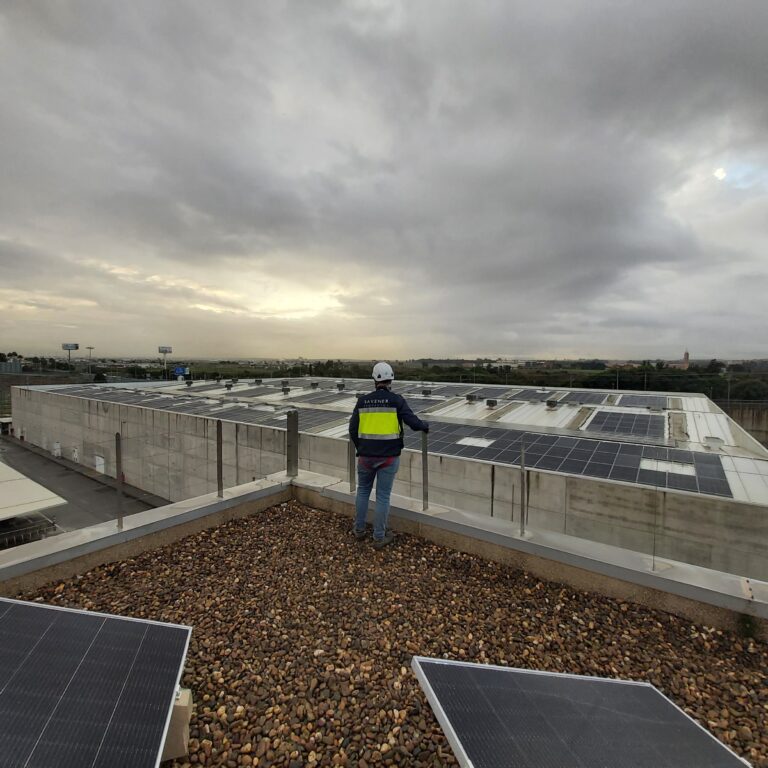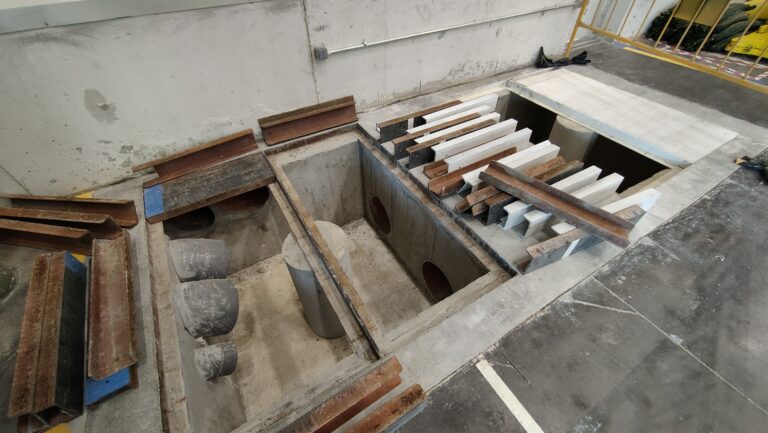- Location: Huelva
- Main Data: 800 m2 of intervention, 2 units Magnetic Resonance (1, 5 and 3 Tesla), 2 units of interventional vascular radiology (monoplane and biplane).
- Technology: Electromedicine
- Client: T10
Savener has successfully concluded the development of the project and the technical supervision in the works management for the integral reform of the facilities of the Radiodiagnosis Service in the Juan Ramón Jiménez Hospital (Huelva). This action has been key to the modernisation of the hospital infrastructures, allowing the incorporation of state-of-the-art equipment in the Magnetic Resonance and Interventional Vascular Radiology services.
Expansion of Diagnostic Capacity. The refurbishment has involved the integration of four new units with advanced equipment, doubling the hospital’s diagnostic capacity:
Two Magnetic Resonance Imaging units: A 1.5 Tesla unit, ideal for general clinical studies with high image quality and a 3 Tesla unit, which allows for more precise diagnoses, especially in neuroimaging and cardiac studies.
Two Interventional Vascular Radiology Units: A single-plane system, designed for high-precision interventional procedures, and a biplane system, which facilitates advanced neurointerventional techniques, optimising three-dimensional visualisation. This technological improvement will speed up diagnoses, increase image quality and broaden the range of specialised studies that the hospital can offer its patients.
Integral Design of Support Facilities. To guarantee the optimal functioning of this highly specialised equipment, Savener has developed the design and integration of all the necessary support infrastructures, highlighting:
Air Conditioning and Environmental Control Systems; Advanced air conditioning solutions have been implemented with standards equivalent to those of operating theatres. This involves: Control of air flow, temperature and humidity according to health regulations. Incorporation of HEPA filtration systems, with an efficiency of 99.995% in the retention of particles smaller than 0.1 µm, ensuring a contamination-free environment. Specific climate control for technical rooms with highly sensitive electronic equipment, using precision inverter systems adapted for laboratories and clean rooms.
Safety Infrastructure for Magnetic Resonance Equipment; Incorporation of a vaporised helium evacuation system (quench) in case of leakage, ensuring the protection of personnel and operational continuity. Use of non-ferromagnetic materials in the MRI areas to avoid interference with high intensity magnetic fields.
Optimisation of the electrical installation; design of a power supply system adapted to the criticality of the rooms, using IT configuration, which guarantees electrical safety in surgical environments. Implementation of back-up batteries, allowing operational continuity in the event of a failure in the main network. Adaptation of existing infrastructures to support the energy requirements of the new equipment.
Structural reinforcement for the installation on the upper floor; one of the challenges of the project has been the incorporation of this equipment on an upper floor of the hospital building. For this purpose, Savener has carried out load studies and developed specific structural solutions, guaranteeing the stability of the building and the correct distribution of loads.
MRI units have large superconducting magnets, weighing up to several tonnes. In particular, this equipment requires a support structure capable of absorbing high loads without compromising the integrity of the building. Similarly, the interventional vascular radiology units have also required specific structural adaptation to accommodate the high-precision systems they incorporate.
To this end, structural reinforcements have been implemented in critical areas, optimising the load-bearing capacity of the plant and guaranteeing a solid base for the equipment. This solution has allowed installation without the need for invasive modifications to the rest of the building, ensuring the functionality and safety of the hospital infrastructure.
A Project of High Health Impact; With this reform, the hospital not only modernises its infrastructure, but also expands its diagnostic and treatment capacity, benefiting a greater number of patients with state-of-the-art technology. The implementation of these new systems optimises the quality and speed of medical studies, reinforces hospital safety and lays the foundations for a more efficient and accurate healthcare service.
Savener, with its extensive experience in engineering applied to the hospital sector, has worked closely with the architectural team responsible for the project, ensuring that each facility meets the highest standards of functionality and energy efficiency.
This project is a clear example of how technology and advanced engineering can contribute to improving the quality of healthcare, ensuring future-proof hospital infrastructures.
